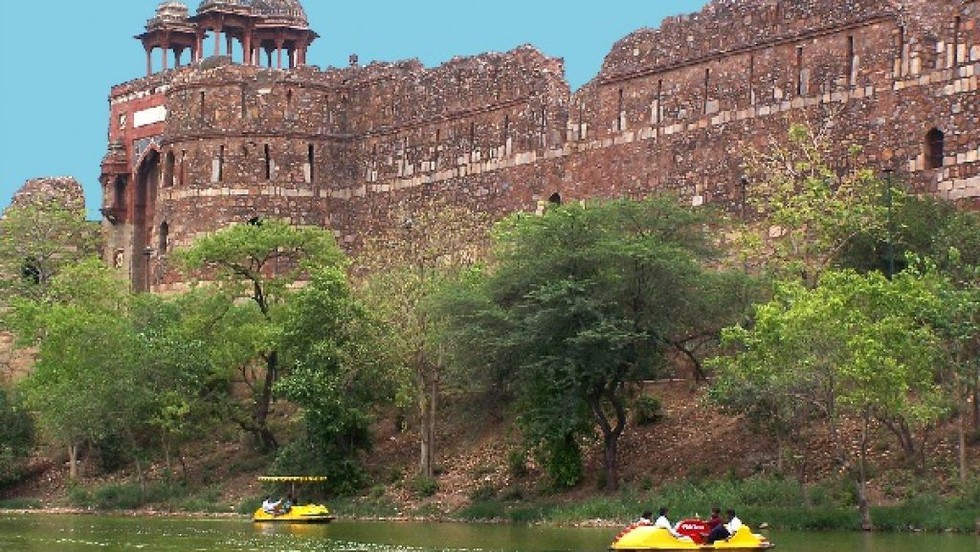Recent archaeological excavations at Delhi’s Purana Qila have generated excitement among historians and enthusiasts. Led by the Archaeological Survey of India (ASI), the project aims to uncover evidence linking the ancient fort to Indraprastha, the legendary city from the epic Mahabharata.
Historical Significance of Indraprastha
Indraprastha, believed to have been established by the Pandavas, holds a critical place in the Mahabharata’s narrative. Despite debates over its historical existence, modern archaeological methods offer new hope for definitive answers.
Modern Excavation Techniques
The current excavation, which began in early 2024, employs advanced techniques such as:
- Ground-Penetrating Radar: This allows detection of sub-surface structures without intrusive digging.
- Stratigraphic Analysis: This method helps in analyzing the site’s historical layers while preserving its integrity.
Initial Findings
Dr. R.S. Bisht, a senior archaeologist overseeing the project, expressed optimism about the findings. “We have already uncovered pottery and structural remnants that date back to the Mahabharata period. These artifacts provide promising leads that could help us establish a connection to Indraprastha.”
Challenges Faced
The excavation faces significant challenges:
- Urban Development: The development around Purana Qila poses obstacles to the excavation.
- Historical Disturbances: Centuries of construction and renovation have disturbed the site’s historical layers. Despite these difficulties, the team remains committed to the project.
Public Interest and Future Plans
Public interest in the project is high, with many hoping for a tangible link to one of India’s most revered epics. The ASI plans to document and publish their findings to ensure transparency and accessibility for scholars and the general public.
Potential Impact
If successful, this excavation could reshape our understanding of ancient Indian history and highlight the architectural and cultural grandeur of a city that has existed only in myth and legend. As the dig continues, the world watches eagerly, hoping for a glimpse into the past and the possibility of walking in the footsteps of the Pandavas.
Multiple Choice Questions (MCQs):
- What is the primary objective of the archaeological excavations at Delhi’s Purana Qila?
- A) To uncover ancient treasure
- B) To find evidence linking the site to Indraprastha
- C) To study modern urban development
- D) To renovate the fort
- Who is leading the excavation project at Purana Qila?
- A) Indian National Trust for Art and Cultural Heritage (INTACH)
- B) National Museum of India
- C) Archaeological Survey of India (ASI)
- D) Ministry of Culture
- Which epic mentions Indraprastha as a significant location?
- A) Ramayana
- B) Mahabharata
- C) Bhagavad Gita
- D) Vedas
- What modern techniques are being used in the excavation at Purana Qila?
- A) Carbon dating and radiocarbon analysis
- B) Ground-penetrating radar and stratigraphic analysis
- C) Satellite imaging and drone surveillance
- D) DNA sequencing and fossil analysis
- What are some challenges mentioned in the excavation project at Purana Qila?
- A) Lack of funding and public interest
- B) Urban development and historical disturbances
- C) Adverse weather conditions and natural disasters
- D) Political interference and local opposition
